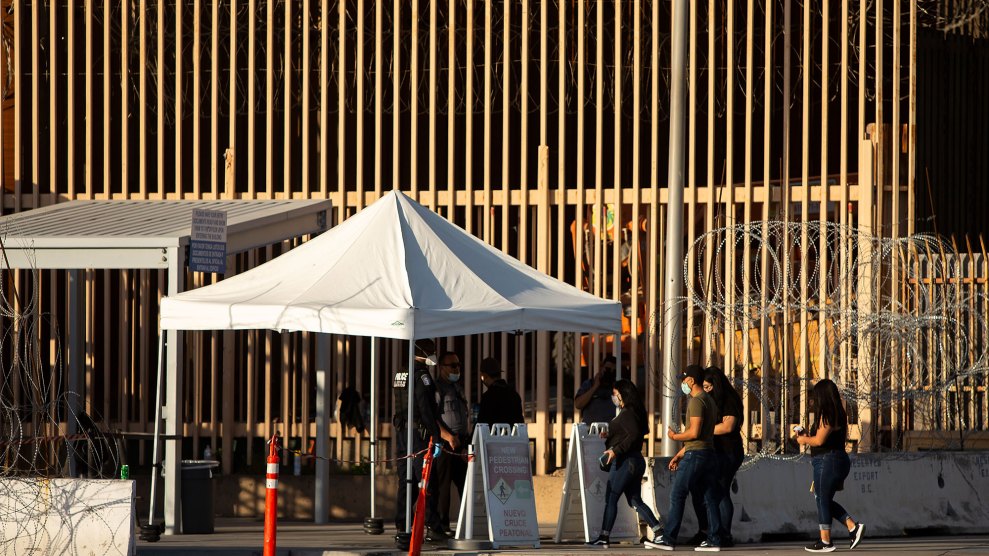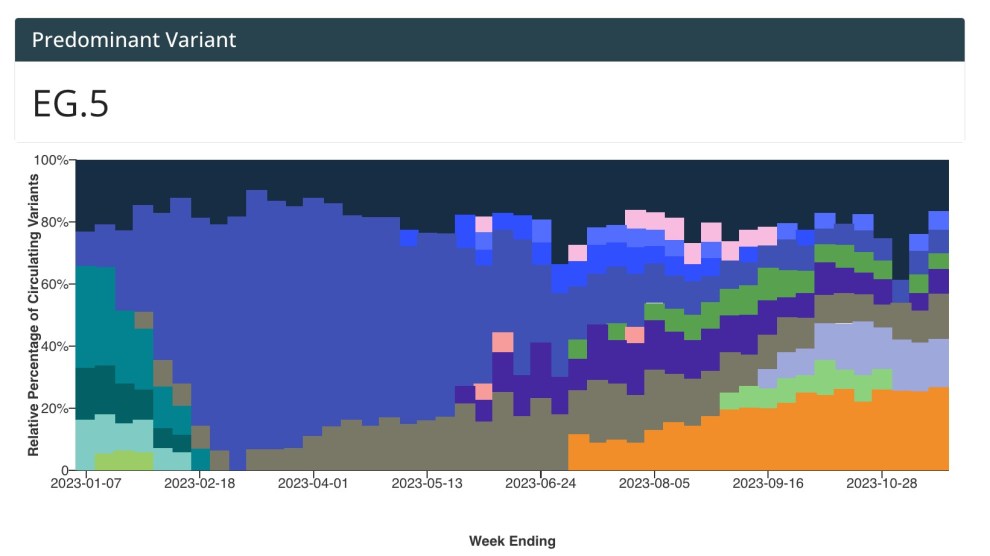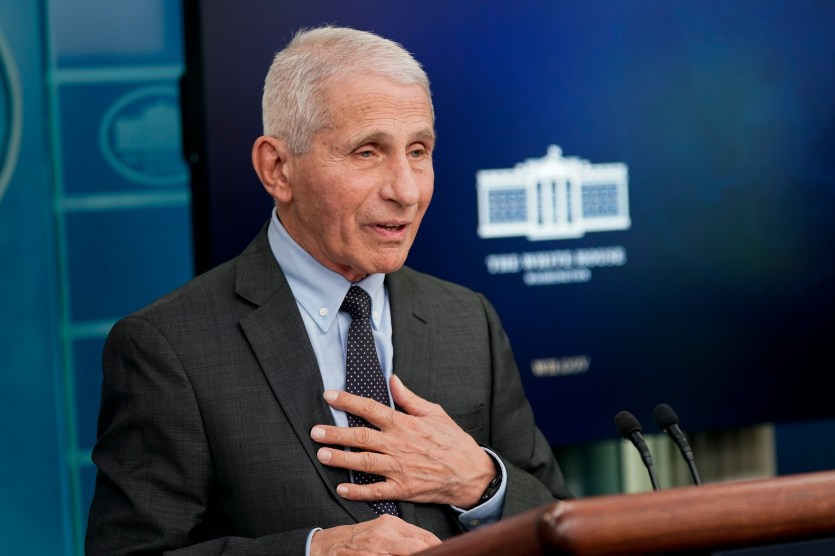
The San Ysidro border crossing in Tijuana, Mexico, in late April.Francisco Vega/Getty Images
The Trump administration indefinitely extended its coronavirus border restrictions Tuesday, finalizing a rule that has allowed the government to turn away asylum seekers and other immigrants for public health reasons over the past two months.
The director of the Centers for Disease Control and Prevention, Robert Redfield, wrote that the border closure “shall remain in effect until I determine that the danger of further introduction of COVID-19 into the United States has ceased to be a serious danger to the public health.” The closure will be up for review every 30 days.
On March 20, President Donald Trump directed immigration officials to begin turning people back at the US-Mexico border, citing concern over the spread of coronavirus. The administration invoked a federal code that states that the government has the power to prohibit people from foreign countries or places once the surgeon general determines there’s a serious danger of introducing a communicable disease from a foreign country. The first order was extended an additional 30 days in mid-April.
The latest extension applies to all land and coastal ports of entry, as well as to Border Patrol stations where people would otherwise be detained. US Customs and Border Protection data for April show a steep decline in border activity; approximately 14,000 were apprehended last month, compared to the more than 109,000 people who were processed by Border Patrol in April 2019.
Over the past several years, the Trump administration—led by senior adviser Stephen Miller—has pushed to limit asylum opportunities at the border and further restrict immigration. A New York Times story earlier this month reported that Miller has been mulling how to use a public health crisis to further his restrictionist policies for some time: “The ideas about invoking public health and other emergency powers had been on a ‘wish list’ of about 50 ideas to curtail immigration that Mr. Miller crafted within the first six months of the administration.”
The White House has limited, or blocked, most forms of migration into the United States during this pandemic. On April 22, Trump signed an executive order hat temporarily restricting some immigrant visas—a move he framed as a necessary response protect American jobs in the midst of an economic downturn. (That order expires after 60 days but can also be extended.)
Human rights advocates have said that these pandemic-era restrictions have little to do with curbing the spread of the virus and violate international agreements that protect asylum seekers. “The president is hellbent on exploiting a public health crisis to achieve his long-held goal of ending asylum at the border,” said Andrea Flores, deputy director of immigration policy for the American Civil Liberties Union. “He’s also doubling down on fear-mongering against immigrants, so many of whom are essential workers during this crisis. Do not be fooled: Trump’s goal is not to protect our health, it’s to sow division and advance his political agenda.”


















